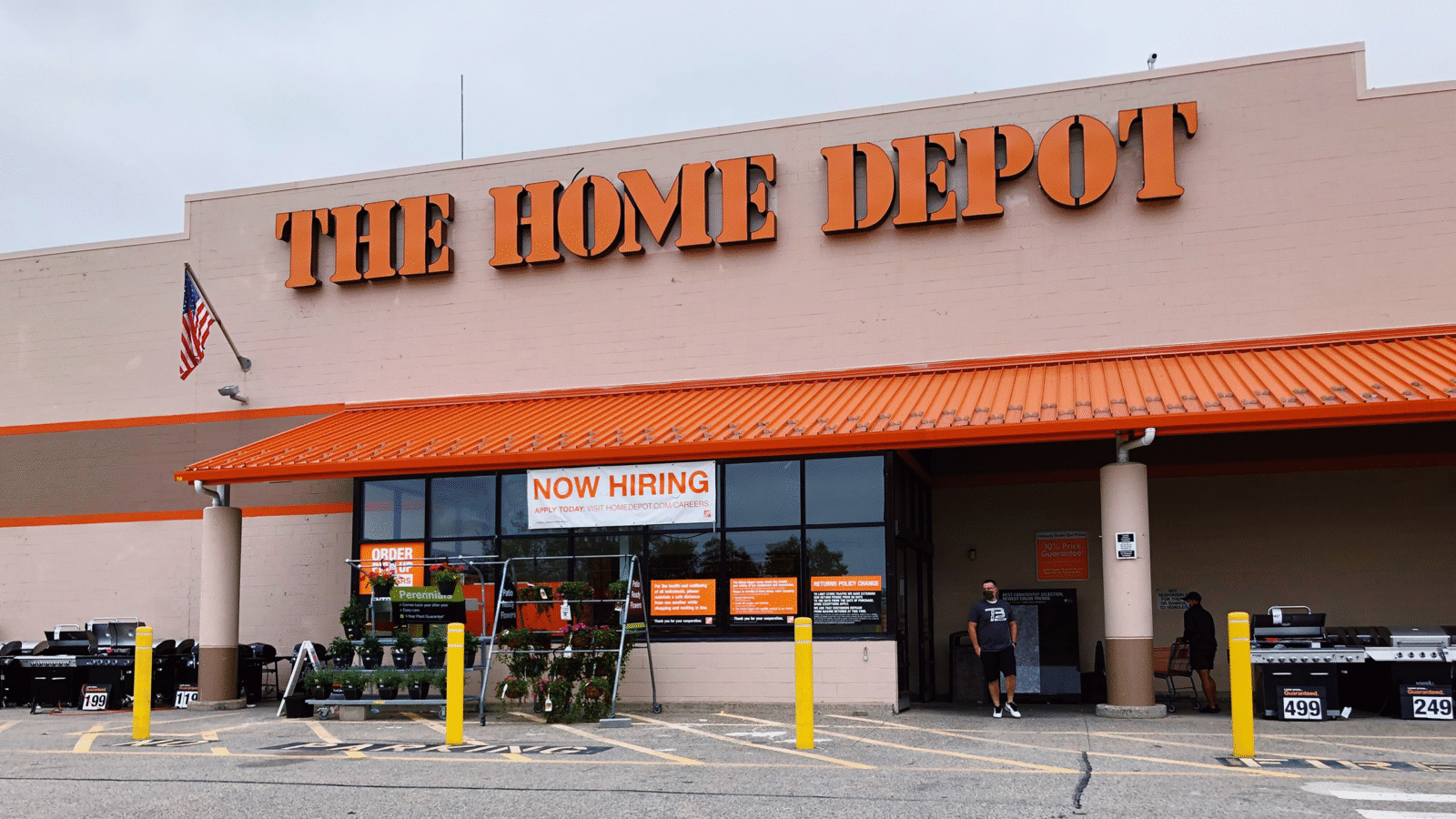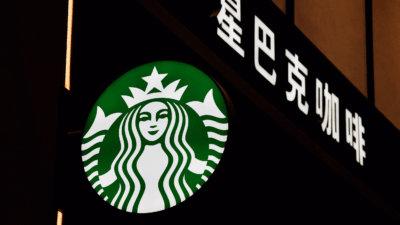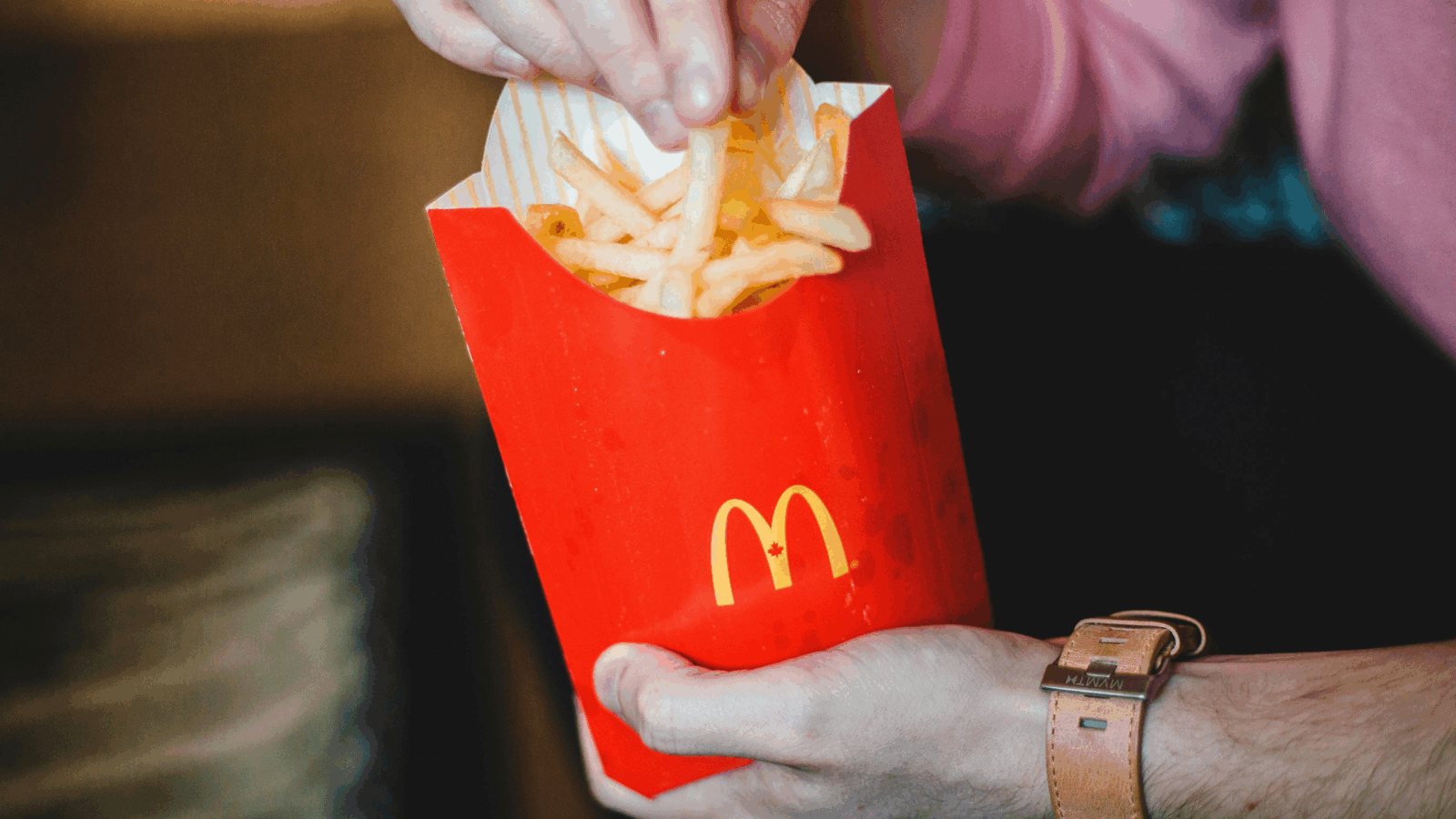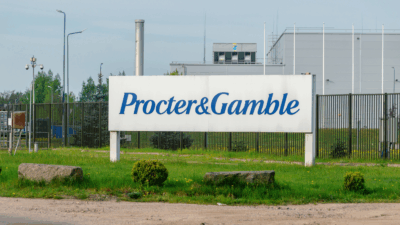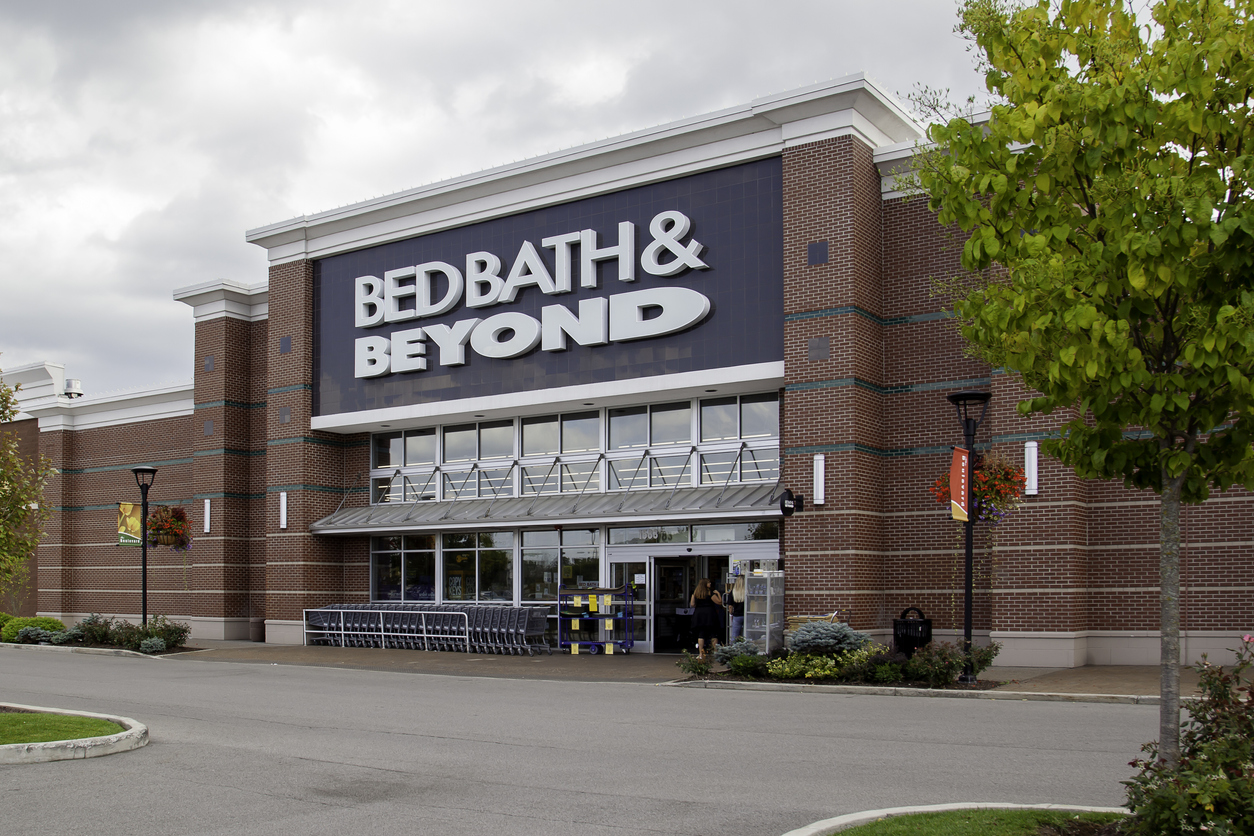
Sign up for smart news, insights, and analysis on the biggest financial stories of the day.
It’s now or never if Bed Bath & Beyond wants to avoid a trip across the big box retailer river of Styx.
After months — if not years — hooked up to life-support, the end seems closer than ever for Bed Bath & Beyond. The company now finds itself racing against a three-week countdown clock to cobble together some $300 million to stay alive. But even the meme stock traders are turning their backs on their one-time favorite strip mall staple.
Beyond Repair
It’s been one half-measure and hare-brained scheme after another to keep BB&B from going the way of K-Mart and Sports Authority. Its 2020 decision to excommunicate national brands in favor of in-house private labels only lasted two years — and backfired spectacularly. Meanwhile, its c-suite has seen more shake-ups and overhauls than your mom’s living room after a going-out-of-business firesale on home goods.
In January, the company finally admitted to shareholders that bankruptcy is a discrete possibility, and sought to raise $1 billion to avoid such an event. It was able to scrape together some $360 million in emergency funding from hedge fund Hudson Bay Capital Management, but BB&B terminated the agreement — and chances of further fundraising — last week out of anticipation it would not be able to meet conditions. That leaves selling $300 million of common stock in the open market before an April 26 deadline as the company’s last real chance of survival. It’s not going well:
- In the past two weeks, retail investors have sold the stock more often than buying it, according to Vanda Research data seen by Bloomberg. Shares closed the week trading below 50 cents while the company was likely attempting to dump new shares on the market.
- Complicating matters even further is BB&B’s fraught relationship with its banks. After defaulting on its most senior debt in January, the retailer made a deal that requires it to send all of the income from sales to its banks before it can borrow the cash back to run its business.
“Even retail investors are throwing in the towel on the stock rather than seeing this as an opportunity to double down and get behind the name as they did in the past with other meme stocks,” Vanda’s Marco Iachini told Bloomberg.
Empty Shelves: The most obvious reason (and there was a lot of competition here) not to invest in the company right now: It has no products to sell. Suppliers don’t trust it can make payments, leaving its shelves only 46% stocked compared to a year ago, according to retail data firm DataWeave. We always suspected the definition of “Beyond” included an afterlife, if not necessarily a good one.




